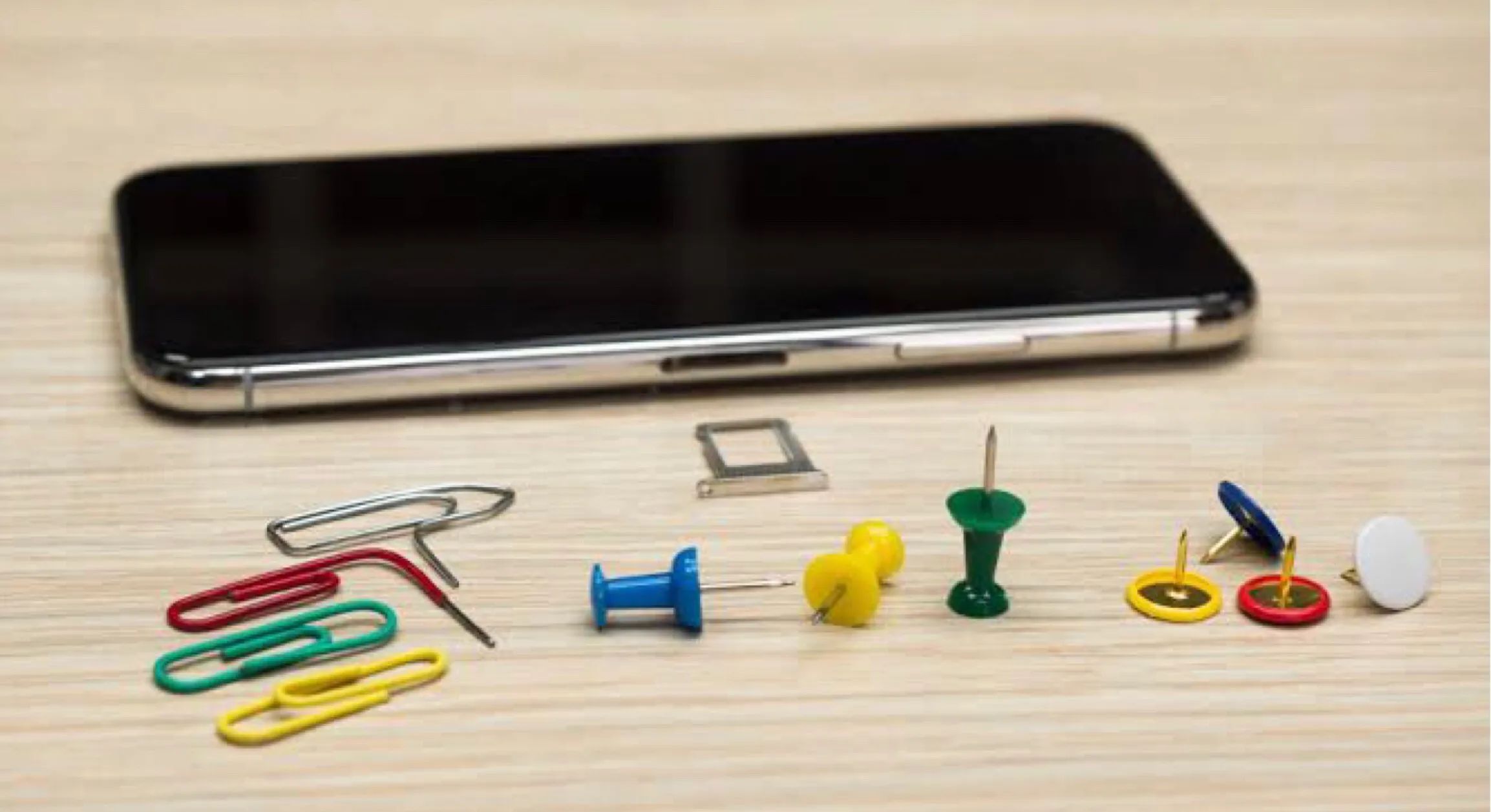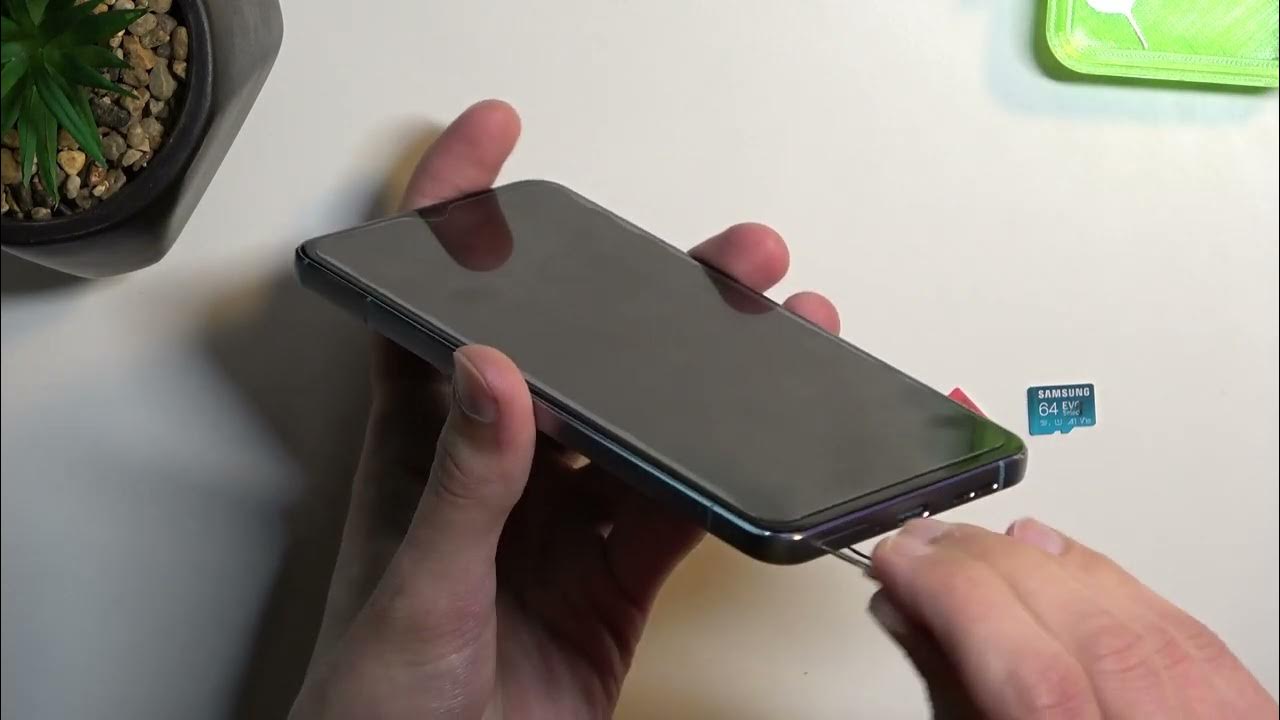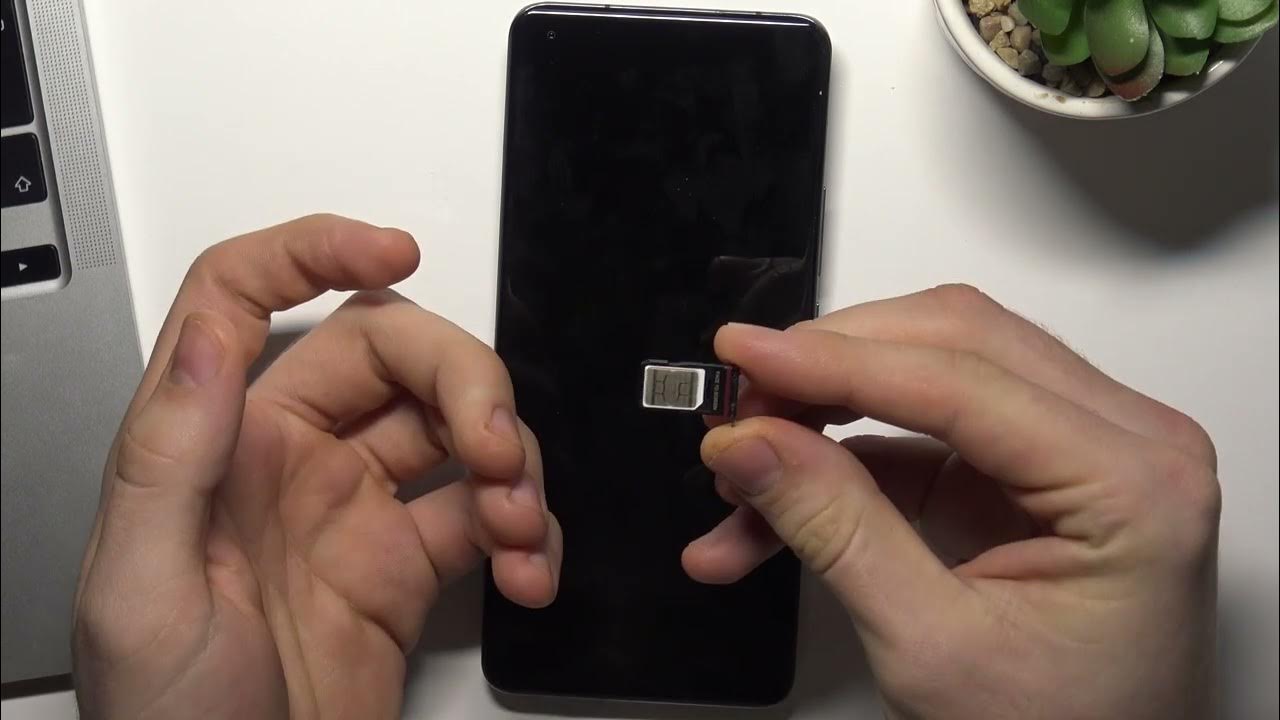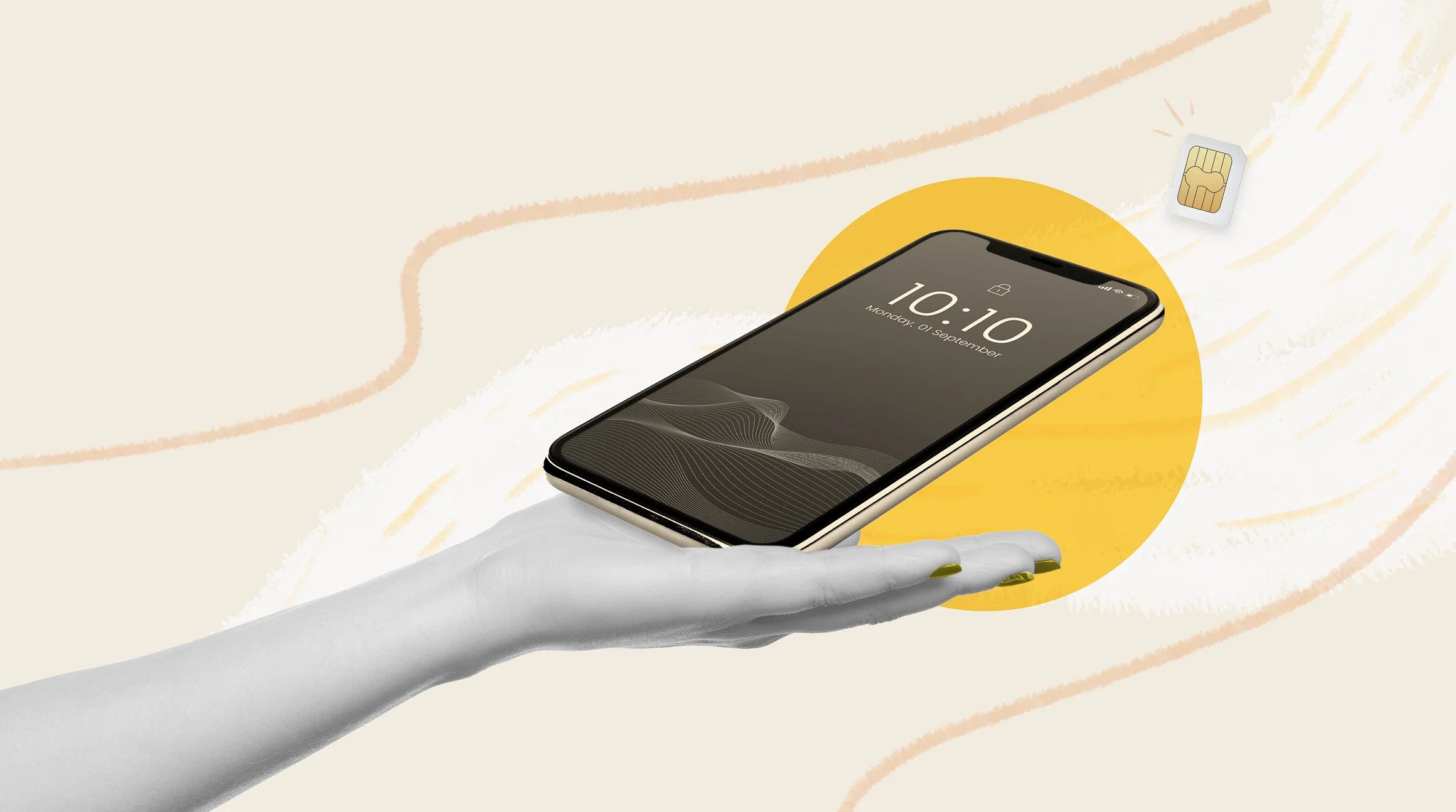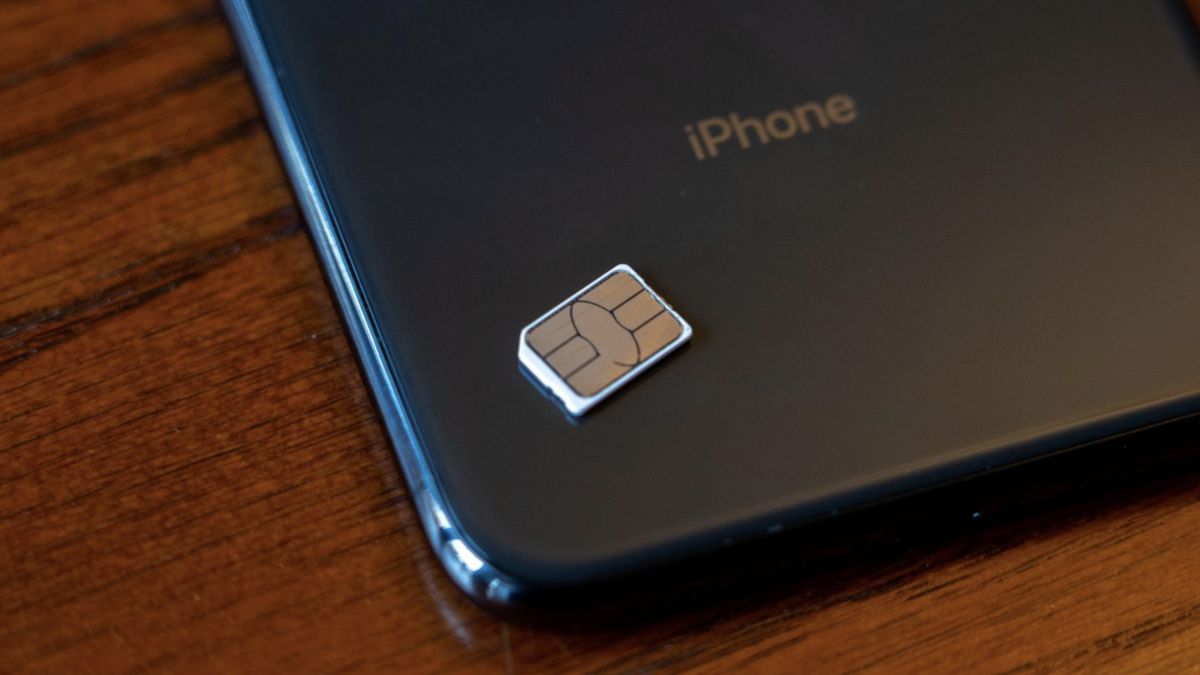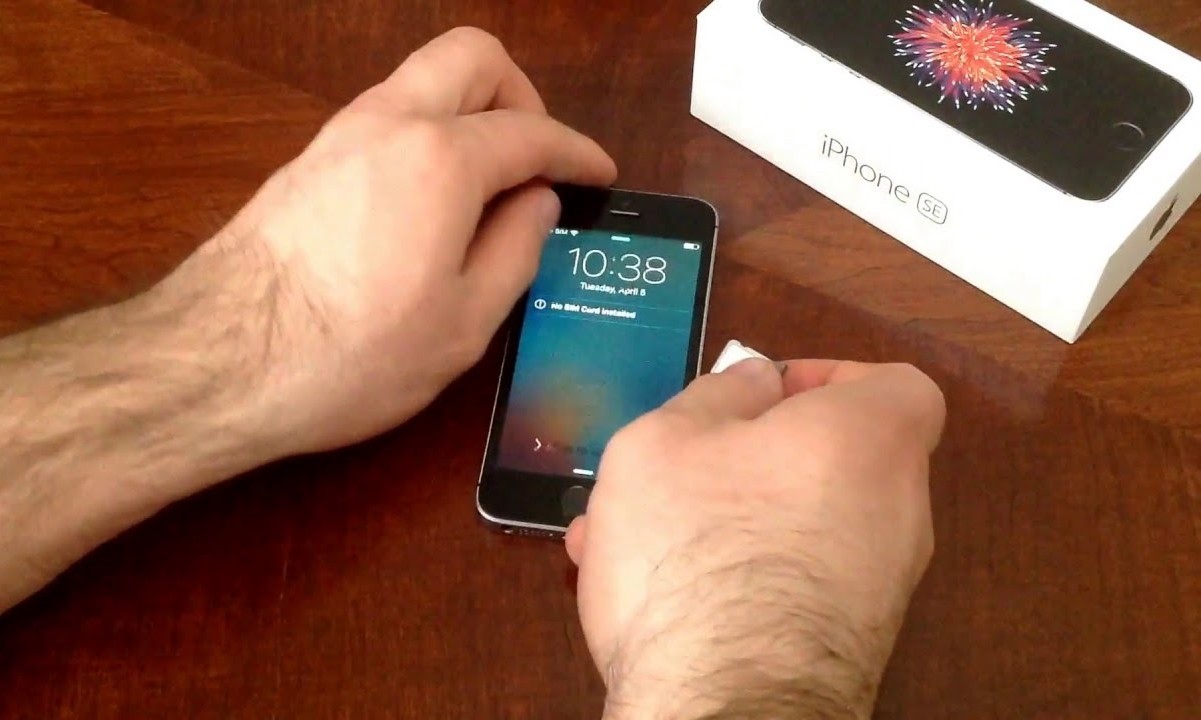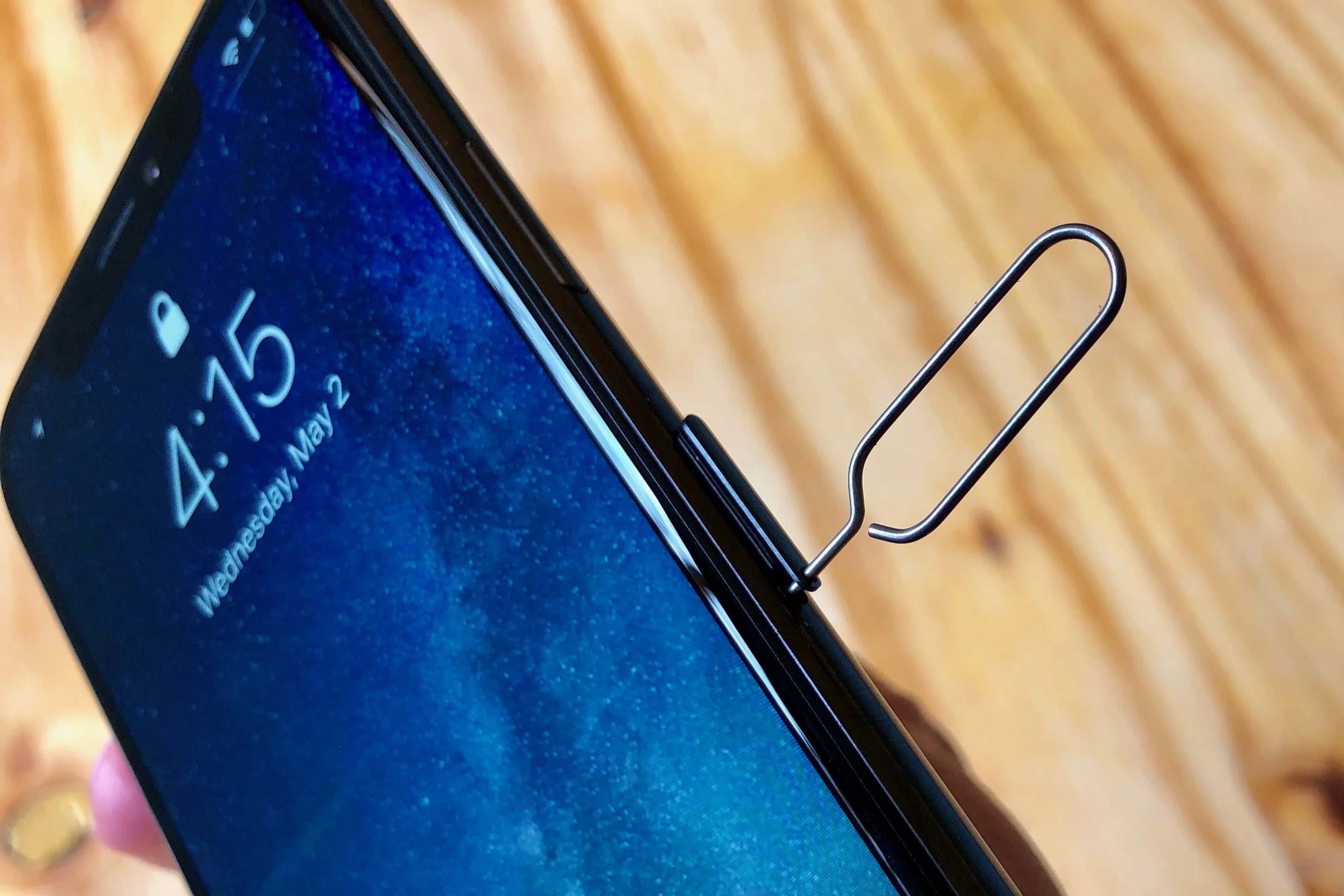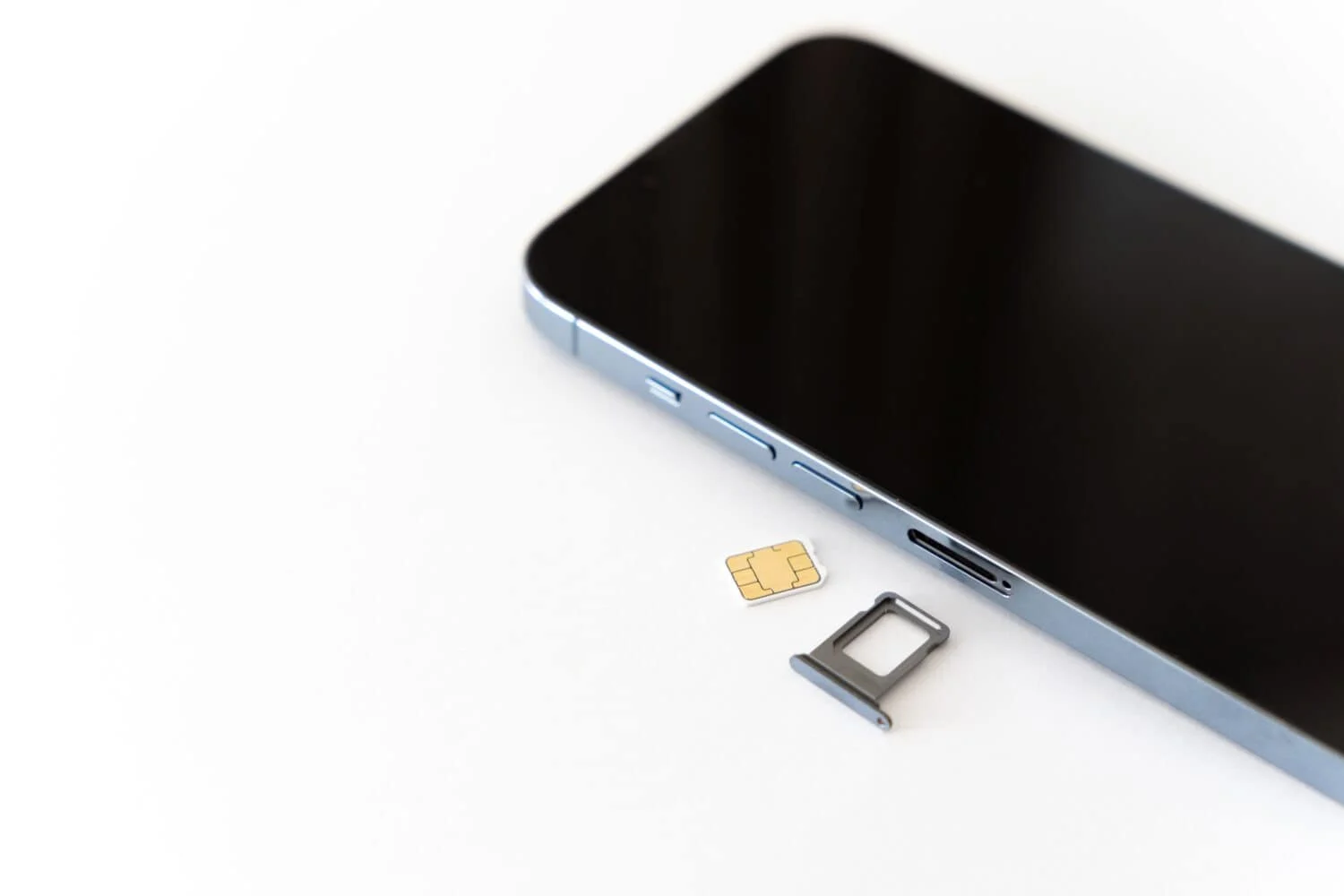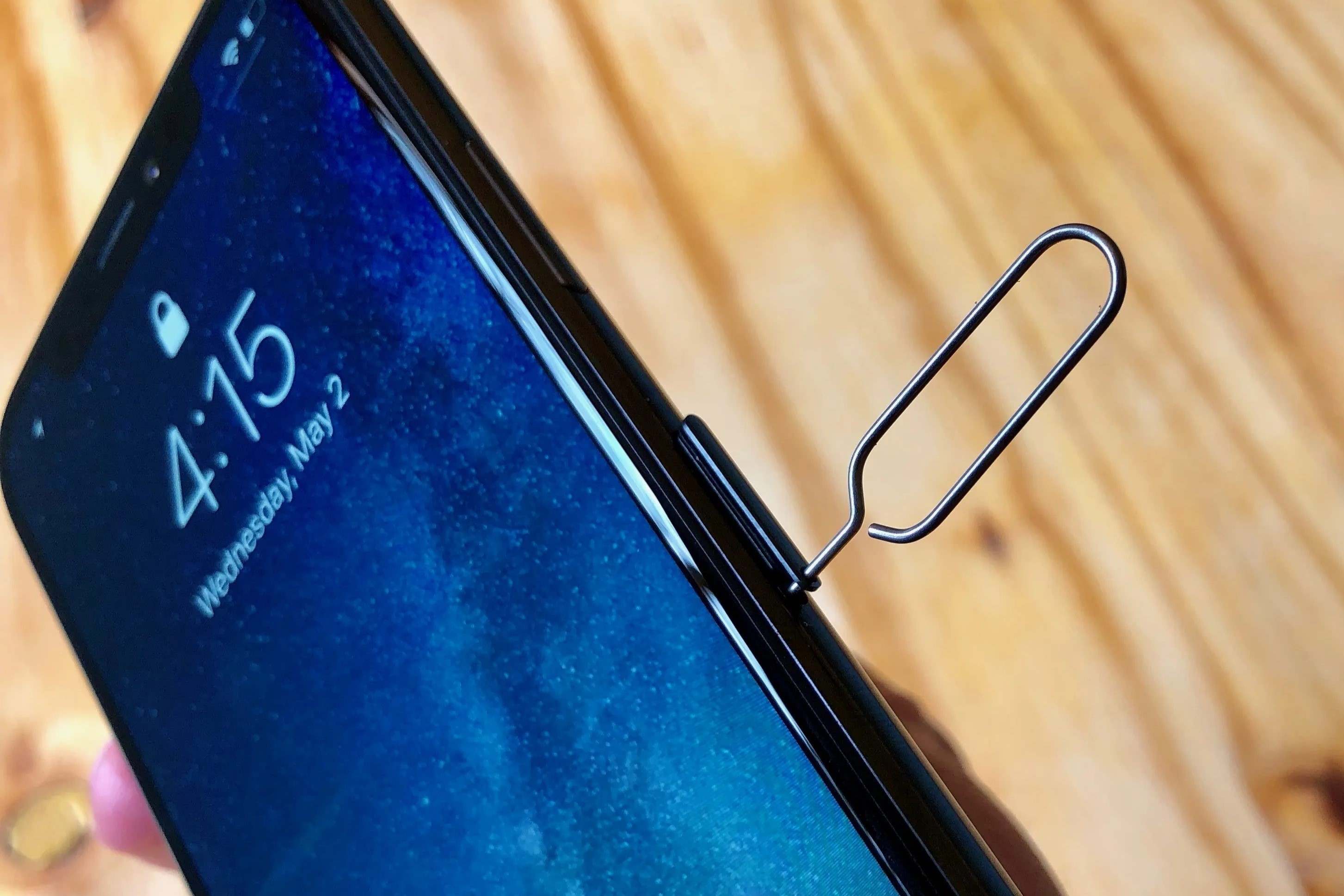Introduction
When it comes to our beloved iPhones, there are moments when we find ourselves in need of removing the SIM card without the aid of a dedicated tool. Perhaps you've misplaced the SIM card ejector tool, or you're in a situation where it's simply not accessible. Fret not, as there are alternative methods that can come to your rescue. In this comprehensive guide, we'll delve into various ingenious ways to safely extract your iPhone's SIM card without a tool. Whether you're a seasoned iPhone user or a newcomer to the Apple ecosystem, mastering these techniques can prove invaluable in times of need.
So, if you find yourself in a pinch without a SIM card ejector tool, fear not. We've got you covered with a range of clever methods that make use of everyday items you likely have at your disposal. From a humble paperclip to a trusty piece of tape, these methods are not only effective but also surprisingly simple. So, let's dive into the world of resourceful solutions and discover how you can safely extract your iPhone's SIM card without a dedicated tool.
Method 1: Using Paperclip
Ah, the humble paperclip – a versatile tool that can save the day in unexpected ways. When it comes to extracting your iPhone's SIM card without a dedicated tool, a paperclip can be a surprisingly effective substitute. Here's a step-by-step guide on safely utilizing a paperclip for this purpose:
-
Unfold the Paperclip: Begin by straightening out one end of the paperclip, ensuring that it forms a small, straight protrusion. This will serve as the makeshift ejector tool.
-
Locate the SIM Card Tray: On your iPhone, identify the SIM card tray slot. This is typically located on the side of the device, depending on the iPhone model you own.
-
Insert the Paperclip: Gently insert the straightened end of the paperclip into the small pinhole located adjacent to the SIM card tray. Apply a slight amount of pressure until you feel a subtle resistance.
-
Eject the Tray: Once you've encountered resistance, continue applying gentle pressure to the paperclip. This should trigger the release mechanism, causing the SIM card tray to pop out slightly.
-
Remove the Tray: Carefully pull the SIM card tray out of the device, ensuring that you handle it with caution to prevent any damage to the SIM card or the tray itself.
-
Extract the SIM Card: With the tray removed, carefully remove the SIM card from its slot, ensuring that you keep it in a safe place to avoid misplacement.
It's important to exercise patience and precision when using a paperclip to extract your iPhone's SIM card. By following these steps carefully, you can effectively bypass the need for a dedicated SIM card ejector tool and safely remove the SIM card from your iPhone using a simple paperclip.
Remember, while this method can be remarkably handy, it's essential to handle your iPhone and the SIM card with care to prevent any accidental damage. With this resourceful technique at your disposal, you can confidently navigate situations where a dedicated SIM card ejector tool is not readily available.
Method 2: Using Earring or Needle
When the need arises to extract your iPhone's SIM card without a dedicated tool, unconventional yet effective alternatives can come to the rescue. One such resourceful method involves using a common household item – an earring or a needle. These everyday items, when utilized with precision, can serve as makeshift SIM card ejector tools, allowing you to safely remove the SIM card from your iPhone.
Here's a step-by-step guide on how to use an earring or needle for this purpose:
-
Select a Suitable Earring or Needle: Begin by identifying an earring or needle with a slender and pointed tip. It's important to choose an item with a tip that can fit into the small pinhole adjacent to the SIM card tray.
-
Prepare the Earring or Needle: Ensure that the selected earring or needle is clean and free from any debris or substances that could potentially interfere with the SIM card extraction process. If necessary, gently clean the tip to remove any obstructions.
-
Locate the SIM Card Tray: On your iPhone, locate the SIM card tray slot, typically situated on the side of the device. Different iPhone models may have varying tray locations, so it's important to identify the specific placement on your device.
-
Insert the Earring or Needle: With caution and precision, insert the slender tip of the earring or needle into the small pinhole adjacent to the SIM card tray. Apply gentle pressure, ensuring that you maintain a steady hand throughout the process.
-
Trigger the Release Mechanism: As you insert the earring or needle, you may encounter a subtle resistance. Continue applying gentle pressure until you feel the release mechanism engage, causing the SIM card tray to pop out slightly.
-
Carefully Remove the Tray: Once the tray is partially ejected, carefully pull it out of the device, ensuring that you handle it with care to avoid any damage to the SIM card or the tray itself.
-
Extract the SIM Card: With the tray removed, delicately remove the SIM card from its slot, taking care to place it in a secure location to prevent misplacement.
By following these steps, you can effectively utilize an earring or needle as an alternative SIM card ejector tool, bypassing the need for a dedicated tool in a pinch. It's important to exercise patience and precision when employing this method, ensuring that you handle your iPhone and the SIM card with utmost care to prevent any accidental damage.
With this ingenious technique at your disposal, you can confidently navigate situations where a dedicated SIM card ejector tool is not readily available, showcasing the resourcefulness and adaptability of everyday items in solving common challenges.
Method 3: Using Tape
In situations where a dedicated SIM card ejector tool is unavailable, resourcefulness becomes key. Enter the humble yet versatile tool – tape. This unconventional method involves using a small piece of tape to effectively extract the SIM card from your iPhone. While it may seem surprising, tape can serve as a remarkably effective substitute for a traditional ejector tool, providing a practical solution when the need arises.
Here's a step-by-step guide on how to use tape to safely extract your iPhone's SIM card:
-
Prepare the Tape: Begin by selecting a small piece of transparent adhesive tape. It's important to choose a piece that is manageable in size, allowing for precise application.
-
Position the Tape: Carefully place the selected piece of tape over the SIM card tray, ensuring that it fully covers the tray's opening. The adhesive side of the tape should face downwards, adhering to the tray.
-
Create a Tab: Once the tape is positioned over the tray, leave a small portion extending beyond the edge to serve as a tab. This tab will facilitate the removal of the SIM card tray.
-
Press and Secure: Gently press down on the tape to ensure that it adheres firmly to the tray. This step is crucial in creating a secure bond between the tape and the tray, enabling the extraction process.
-
Pull the Tab: Grasp the extended tab of the tape and slowly pull upwards with a steady motion. As you do so, the adhesive nature of the tape will exert a gentle upward force on the tray, prompting it to slide out of the device.
-
Remove the Tray: Once the tray is partially ejected, carefully pull it out of the device, ensuring that you handle it with care to avoid any damage to the SIM card or the tray itself.
-
Extract the SIM Card: With the tray removed, delicately remove the SIM card from its slot, taking care to place it in a secure location to prevent misplacement.
By following these steps, you can effectively utilize a small piece of tape as an alternative method to extract your iPhone's SIM card, bypassing the need for a dedicated tool. It's important to exercise patience and precision when employing this method, ensuring that you handle your iPhone and the SIM card with utmost care to prevent any accidental damage.
With this ingenious technique at your disposal, you can confidently navigate situations where a dedicated SIM card ejector tool is not readily available, showcasing the resourcefulness and adaptability of everyday items in solving common challenges.
Conclusion
In the realm of iPhone ownership, the ability to safely extract the SIM card without a dedicated tool is a valuable skill that can come to the rescue in unexpected situations. As we've explored in this comprehensive guide, the ingenious methods of using a paperclip, earring or needle, and tape showcase the resourcefulness and adaptability of everyday items in solving common challenges. These alternative techniques not only provide effective solutions but also empower iPhone users to navigate scenarios where a SIM card ejector tool is not readily available.
The utilization of a paperclip as a makeshift ejector tool demonstrates the simplicity and practicality of everyday objects. By following the step-by-step process, iPhone users can confidently extract their SIM cards without the need for specialized tools, showcasing the versatility of a common office supply. Similarly, the use of an earring or needle as an alternative ejector tool highlights the creative potential of household items, offering a solution that is both accessible and effective.
Furthermore, the unconventional method of using tape to extract the SIM card exemplifies the adaptability and ingenuity of everyday materials. This approach not only provides a practical solution but also underscores the resourcefulness that can be harnessed in times of need. By employing a piece of tape in a precise manner, iPhone users can safely remove their SIM cards, showcasing the versatility of this unassuming tool.
In conclusion, the resourceful methods outlined in this guide serve as a testament to the ingenuity and adaptability of everyday items in solving common challenges. Whether it's the humble paperclip, a trusty earring or needle, or a simple piece of tape, these methods offer effective alternatives for safely extracting the iPhone's SIM card without a dedicated tool. By mastering these techniques, iPhone users can navigate unforeseen circumstances with confidence, knowing that resourceful solutions are within reach, even in the absence of specialized tools.







